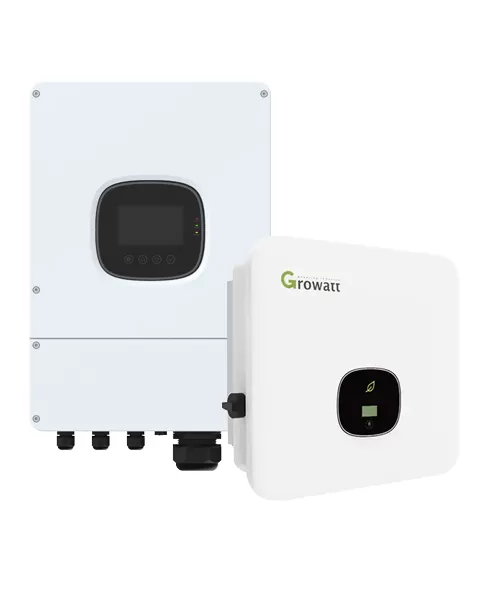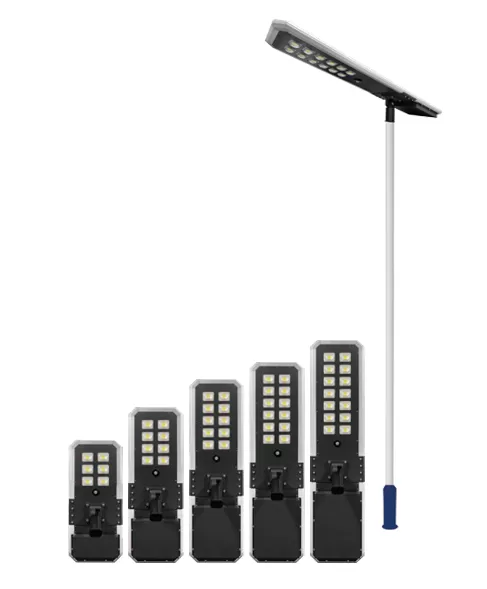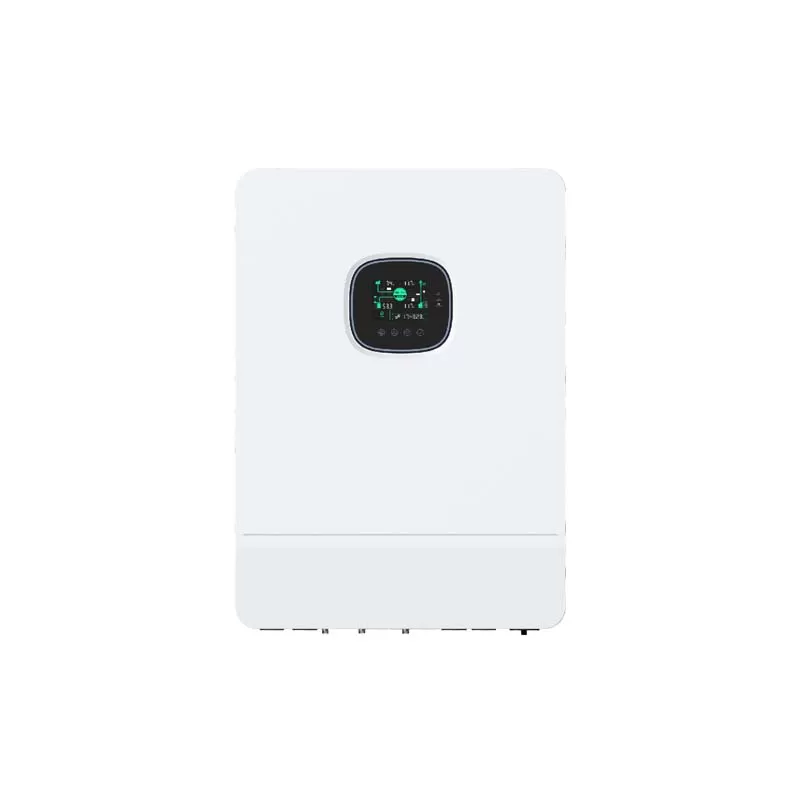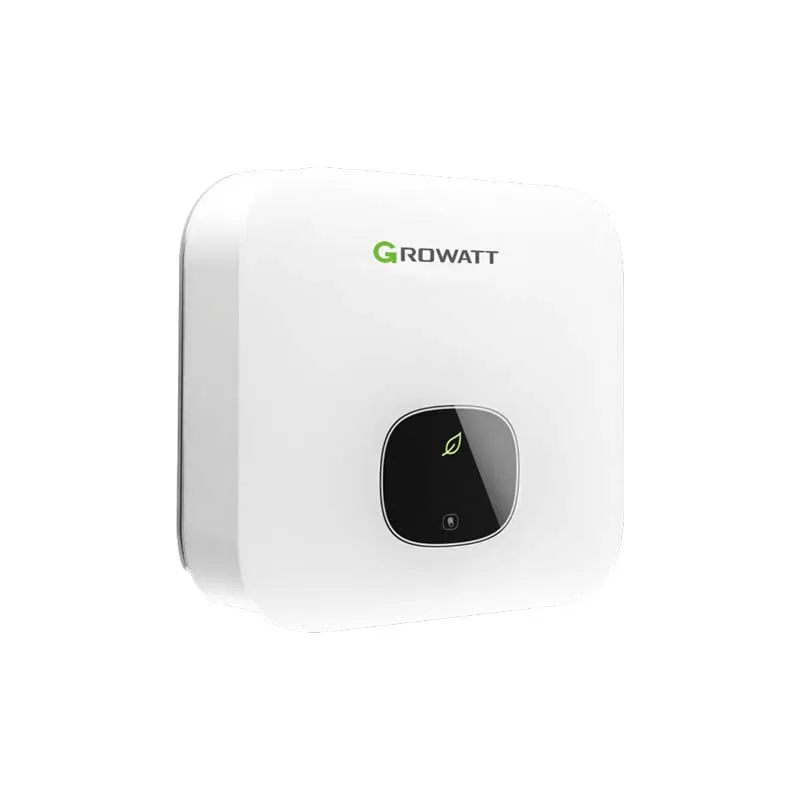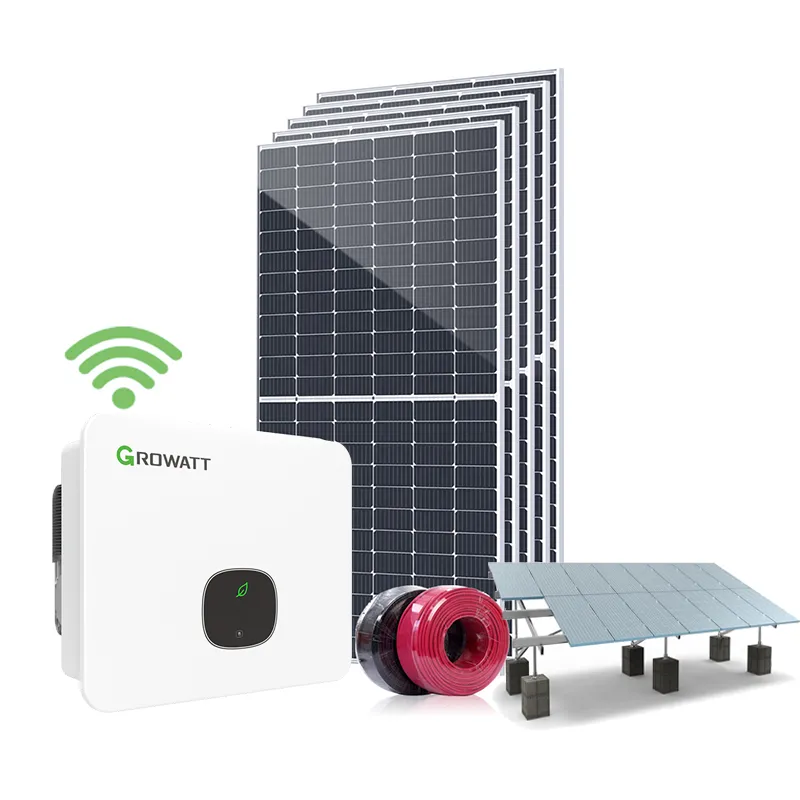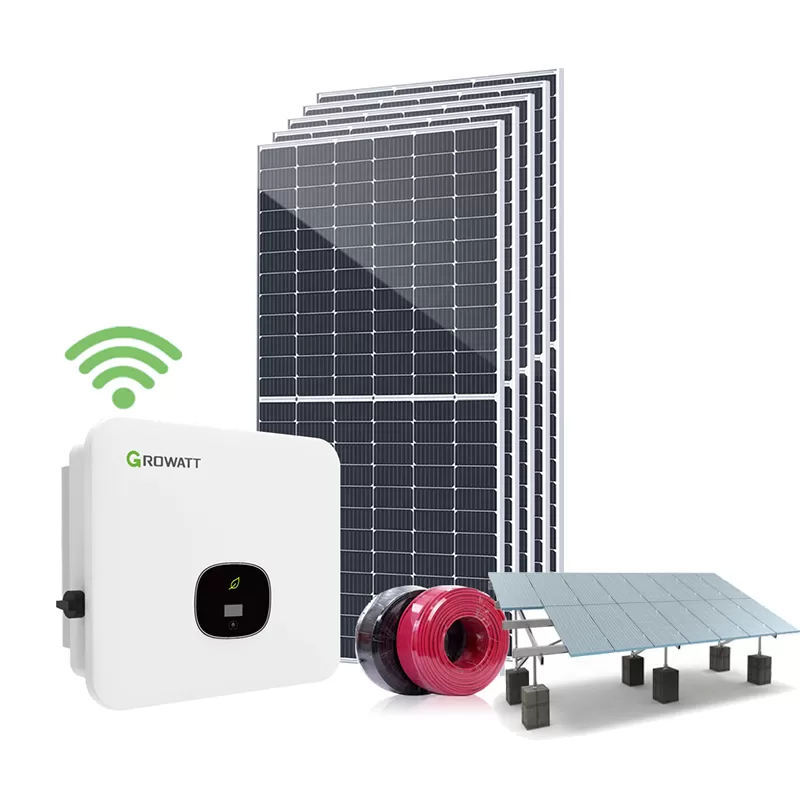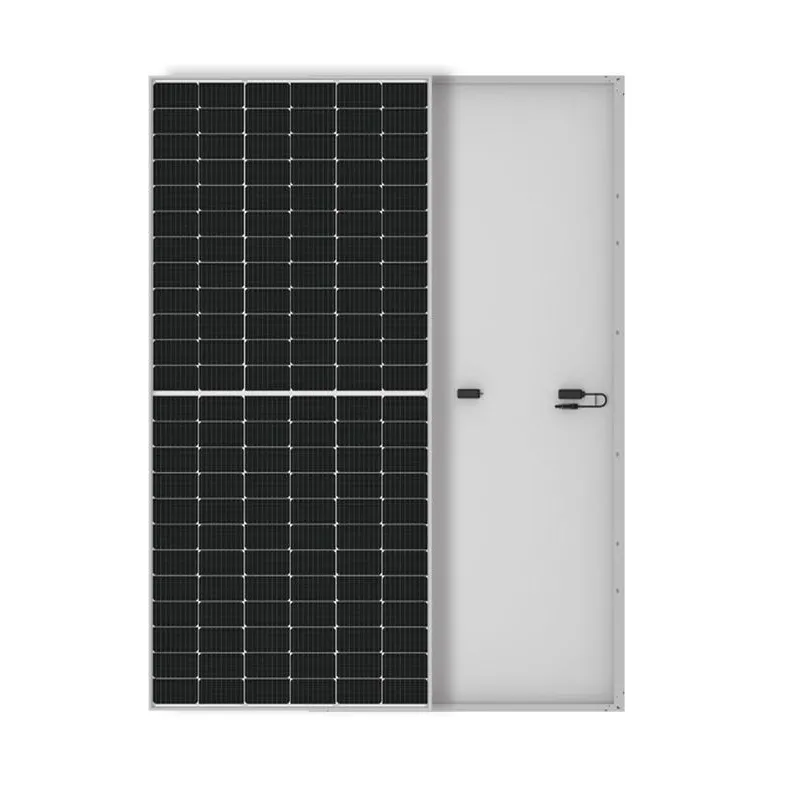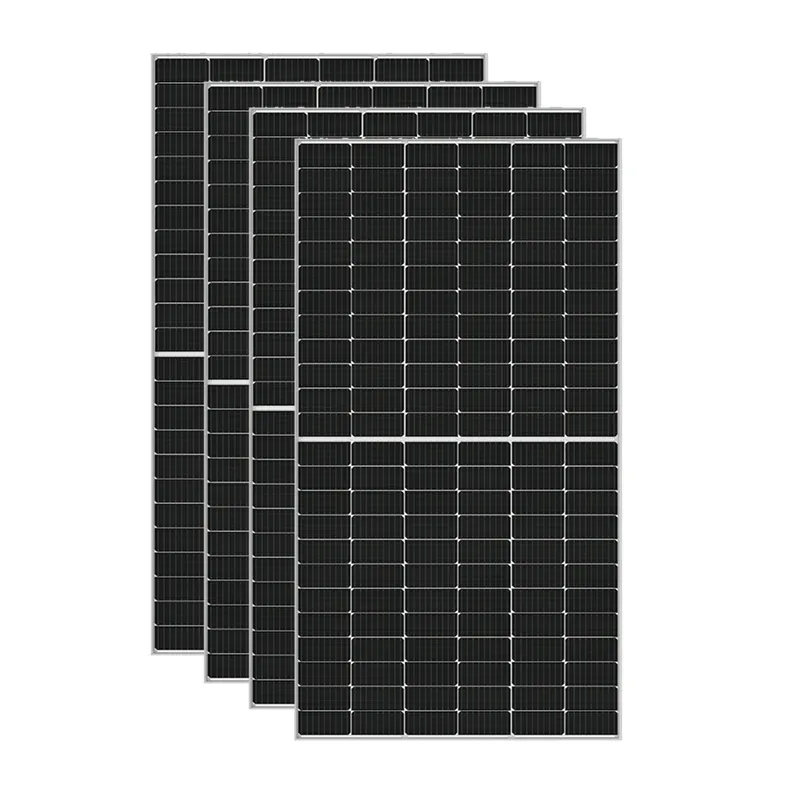When investing in a significant asset like solar panels, it’s quite natural to wonder about warranties. After all, a warranty provides assurance about your investment and peace of mind in the event of unforeseen issues. So, does a solar panel come with a warranty? Let’s dive into this.
Yes, solar panels typically come with two types of warranties: a performance warranty and an equipment warranty.
Performance Warranty: This warranty assures that the solar panels will maintain a certain level of efficiency over a specified period. On average, solar panel manufacturers guarantee about 90% production at 10 years and 80% at 25 years. However, this can vary slightly depending on the manufacturer.
Equipment Warranty: Also referred to as the product or materials warranty, this covers potential issues related to manufacturing defects, environmental influences, premature wear and tear, and more. If your solar panels fail or underperform due to such issues, the equipment warranty covers repair or replacement costs. The duration of this warranty varies among manufacturers but generally spans between 10 to 12 years.
When you choose your solar panel system, it’s essential to review both types of warranties carefully. High-quality solar panels from reputable manufacturers often come with robust warranties, giving you peace of mind that your investment is protected for many years to come.
Embarking on your solar adventure might seem daunting, but armed with the right information and guidance, it can be a journey worth taking.







